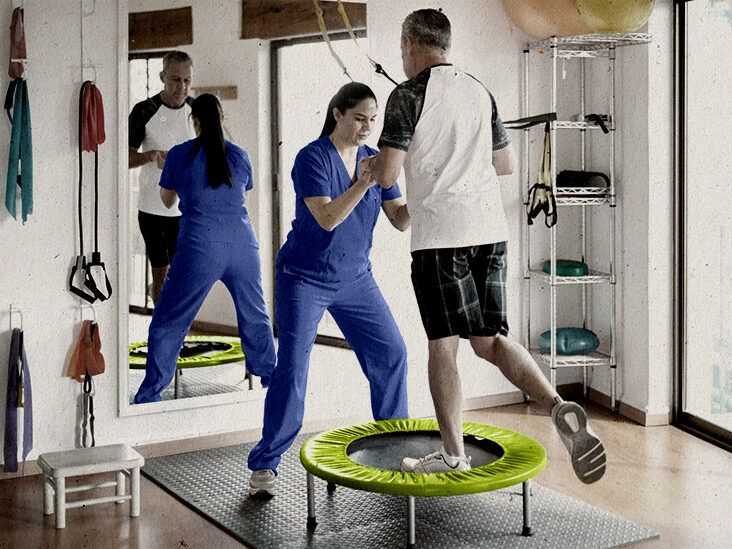One of the primary methods used to alleviate dyspnea in physical therapy is the application of regulated breathing exercises. These activities often focus on abdominal breathing, which encourages patients to use their diaphragm rather than their upper chest muscles when breathing in. This method helps to increase lung volume and effectiveness. Additionally, pursed-lip breathing is another approach that can be beneficial. This method requires inhaling through the nose and breathing out slowly through compressed lips, which can help to keep airways clear longer and make breathing feel easier. By including these exercises into therapy appointments, physical therapists can provide patients with tools to manage their dyspnea both during and beyond of their appointments.
Another crucial element of managing dyspnea in physical therapy is the creation of an individualized exercise regimen. Customizing exercises to meet the individual needs and abilities of each patient is crucial. Therapists should slowly integrate aerobic exercises, such as ambulating or biking, in a structured manner, allowing patients to develop their endurance over a period. This progressive method helps patients to feel more comfortable with physical activity while at the same time improving their lung function and overall stamina. It is important for therapists to observe patients closely during these activities to ensure they are not overworking themselves, which could result to increased shortness of breath.
Teaching also plays view it a major role in alleviating dyspnea during physical therapy sessions. Providing patients with information about their ailment and the factors behind breathing difficulties can empower them to take charge of their health. Therapists can describe how factors like anxiety, posture, and environmental conditions can affect breathing. By comprehending these ideas, patients can learn to manage their issues more efficiently. Techniques such as anxiety reduction methods and proper body posture can further assist in reducing the effects of dyspnea during daily activities and therapy sessions.
In conclusion, successfully reducing breathing difficulties in physical therapy sessions involves a combination of breathing activities, personalized exercise programs, and patient teaching. By applying these effective methods, physical therapists can assist patients control their breathing difficulties and improve their overall well-being. Collaboration between therapists and patients is essential to create tailored interventions that meet specific needs. With the right support and methods, patients can experience relief from breathing difficulties and participate more completely in their physical therapy journey, ultimately leading to a better quality of life.
